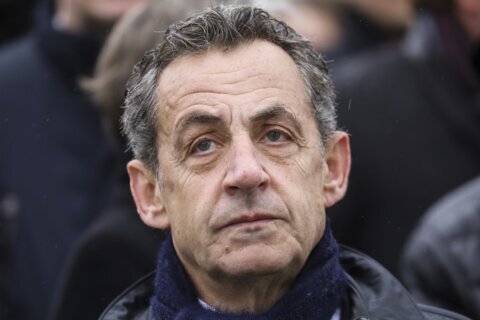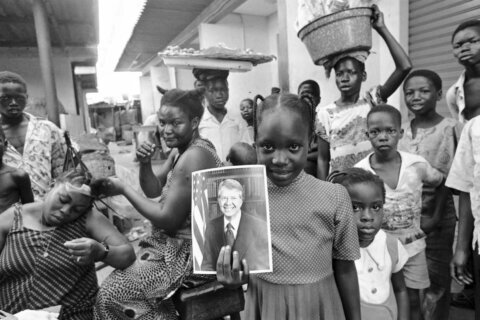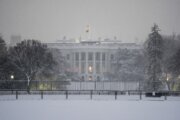MARI YAMAGUCHI
Associated Press
TOKYO (AP) — A prominent volcanologist disputed Japanese regulators’ conclusion that two nuclear reactors were safe from a volcanic eruption in the next few decades, saying Friday that such a prediction was impossible.
A cauldron eruption at one of several volcanos surrounding the Sendai nuclear power plant in southern Japan could not only hit the reactors but could cause a nationwide disaster, said Toshitsugu Fujii, University of Tokyo professor emeritus who heads a government-commissioned panel on volcanic eruption prediction.
Nuclear regulators last month said two Sendai reactors fulfilled tougher safety requirements set after the 2011 Fukushima disaster. The regulators ruled out a major eruption over the next 30 years until the reactors’ reach the end of their usable lifespan.
A surprise eruption of Mount Ontake in central Japan on Sept. 27 has renewed concerns about the volcanos in the region.
“It is simply impossible to predict an eruption over the next 30 to 40 years,” Fujii said. “The level of predictability is extremely limited.”
He said at best an eruption can be predicted only a matter of hours or days.
Studies have shown that pyroclastic flow from an eruption 90,000 years ago at one of the volcanos near the Sendai plant in Kagoshima prefecture reached as far as 145 kilometers (90 miles) away, Fujii said. He said a pyroclastic flow from Mount Sakurajima, an active volcano that is part of the larger Aira Cauldron, could easily hit the nuclear plant, which is only 40 kilometers (25 miles) away.
Heavy ash falling from an eruption would make it impossible to reach the plant, and could also affect many parts of the country including Tokyo, he said. Many nuclear power plants could be affected in western Japan, 1,000 kilometers (620 miles) southwest of the capital.
The two Sendai reactors are the first ones approved under the new safety requirement, which added resistance to volcanic eruption as part of safety evaluation. Prime Minister Shinzo Abe is pushing to restart the two, and any of the country’s 46 other workable reactors that are deemed safe, saying nuclear power is stable and relatively cheap compared to other energy source and key to Japan’s economic recovery.
Kyushu Electric Power Co., which operates the Sendai plant, promised taking measures to ensure access to workers in case of ash falls of up to 15 centimeters (6 inches), while installing a monitoring system to detect changes to volcanic activities. The utility also promised to transfer fuel rods to safer areas ahead of time if signs of eruptions are detected — a time-consuming process that experts say is unrealistic.
Fujii said ash falling as thick as 10 centimeters (4 inches) would make any vehicle, except for tanks, virtually inoperable. Power lines would be severed due to the weight of ash on them, causing blackouts and possibly cutting off electricity to the reactor cooling system.
Only after approving the reactors’ safety, the regulatory authority established a volcano panel to discuss the impact of eruptions and countermeasures. Fujii, a member of that panel, said experts are opposed to the regulators’ views. Even though catastrophic eruption could occur only once in as many as 10,000 years, a likelihood of one cannot be ruled out either, he said.
“Scientifically, they’re not safe,” he said of the Sendai reactors. “If they still need to be restarted despite uncertainties and risks that remain, it’s for political reasons, not because they’re safe, and you should be honest about that.”
Copyright 2014 The Associated Press. All rights reserved. This material may not be published, broadcast, rewritten or redistributed.







